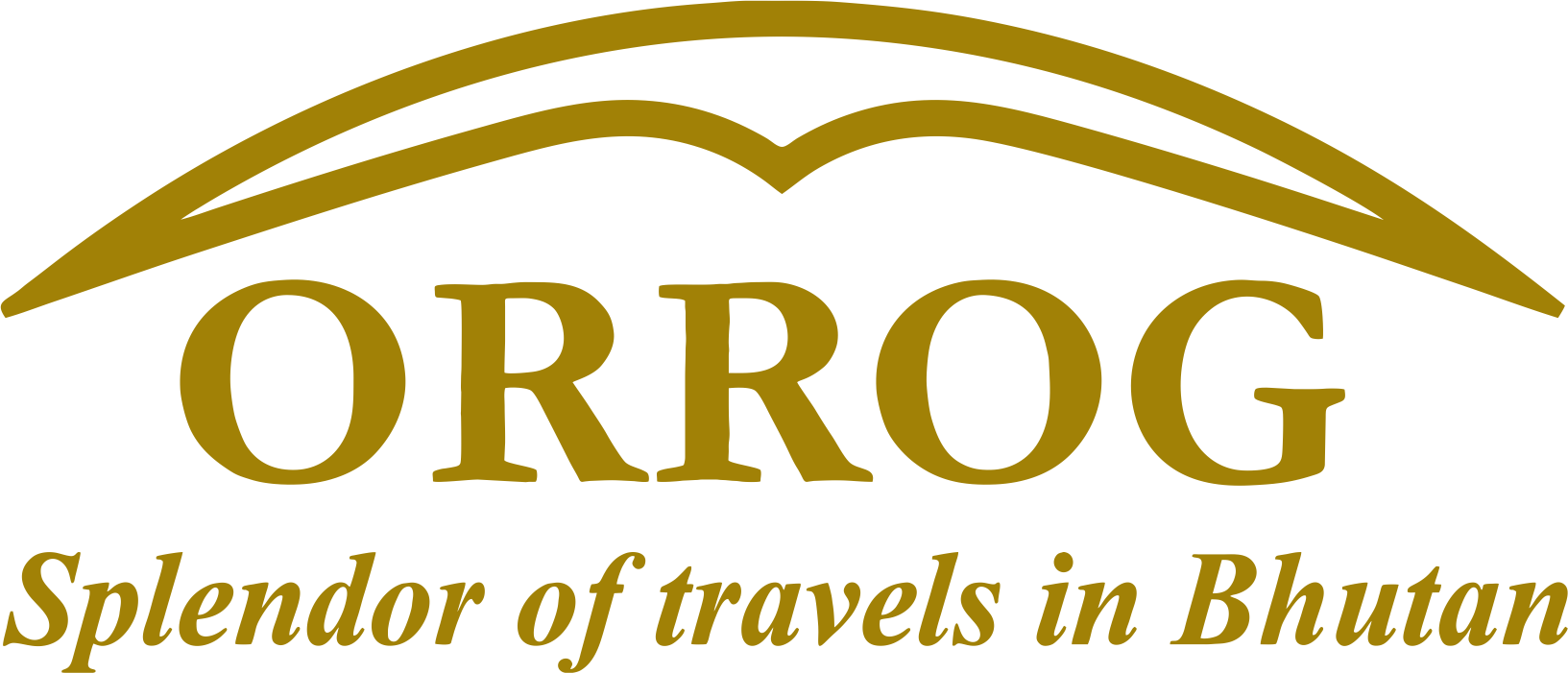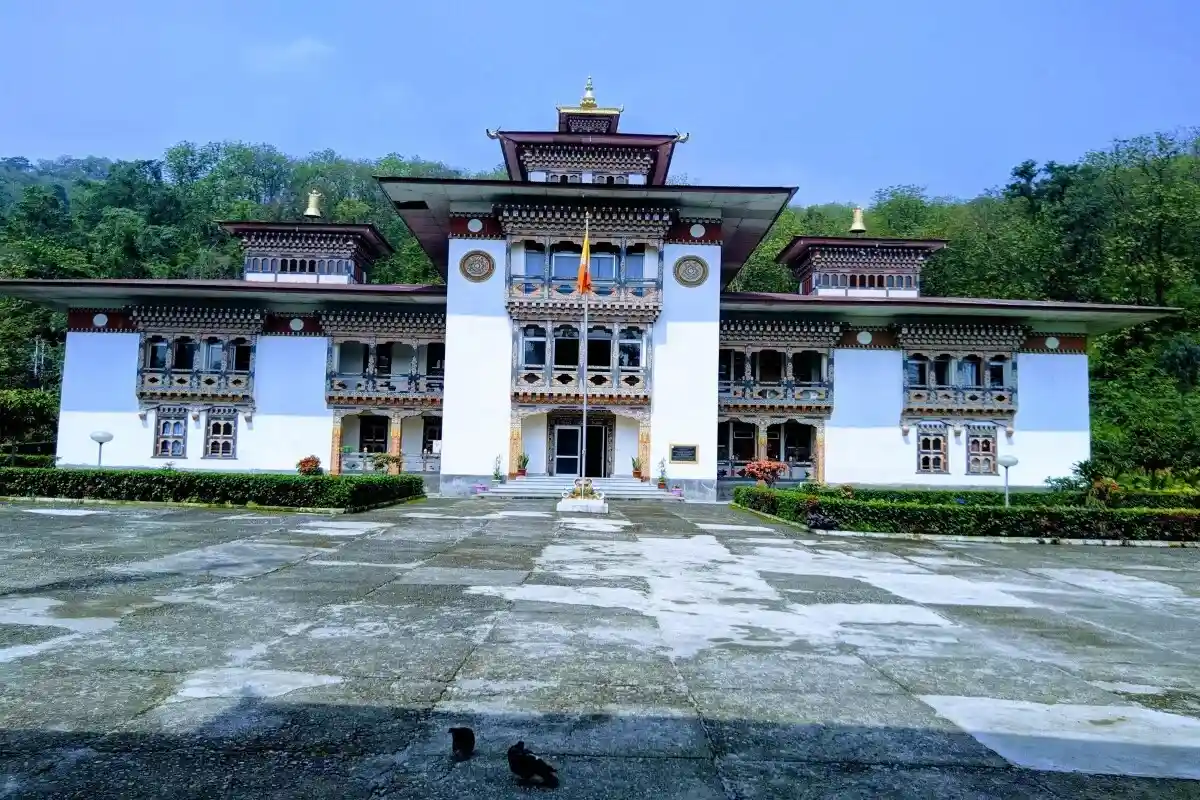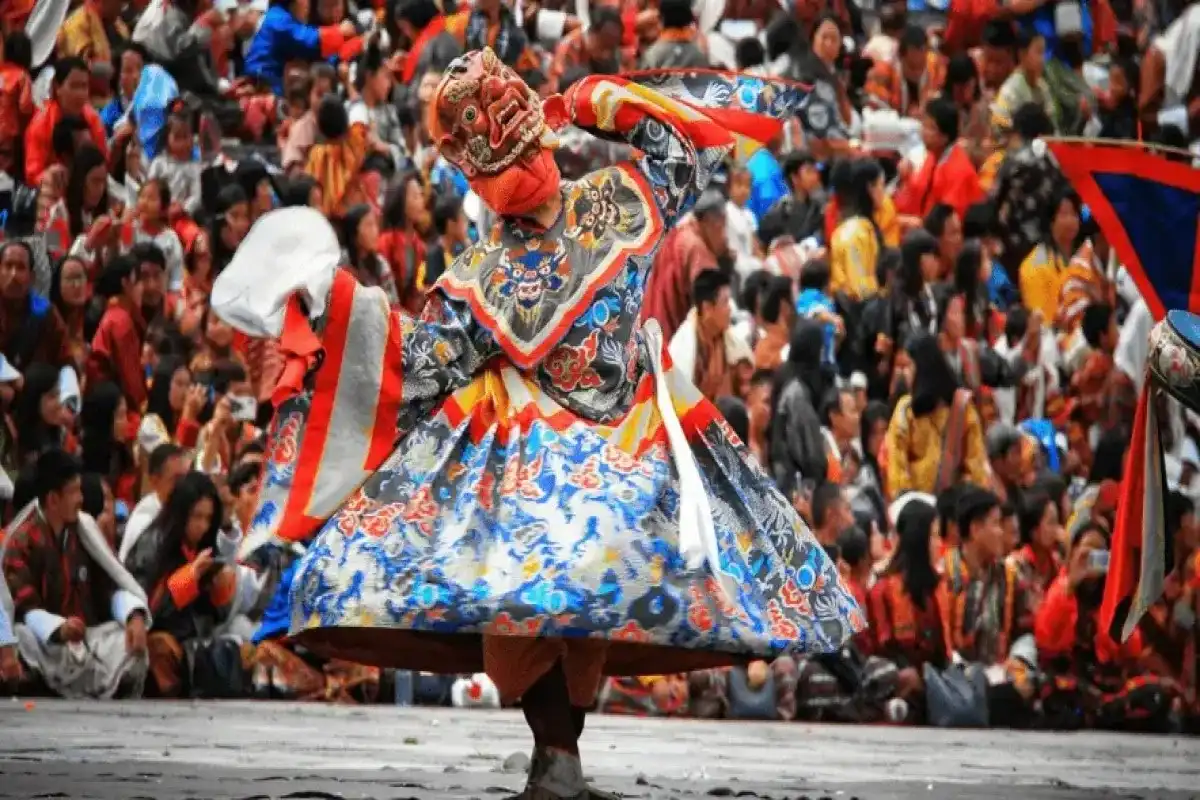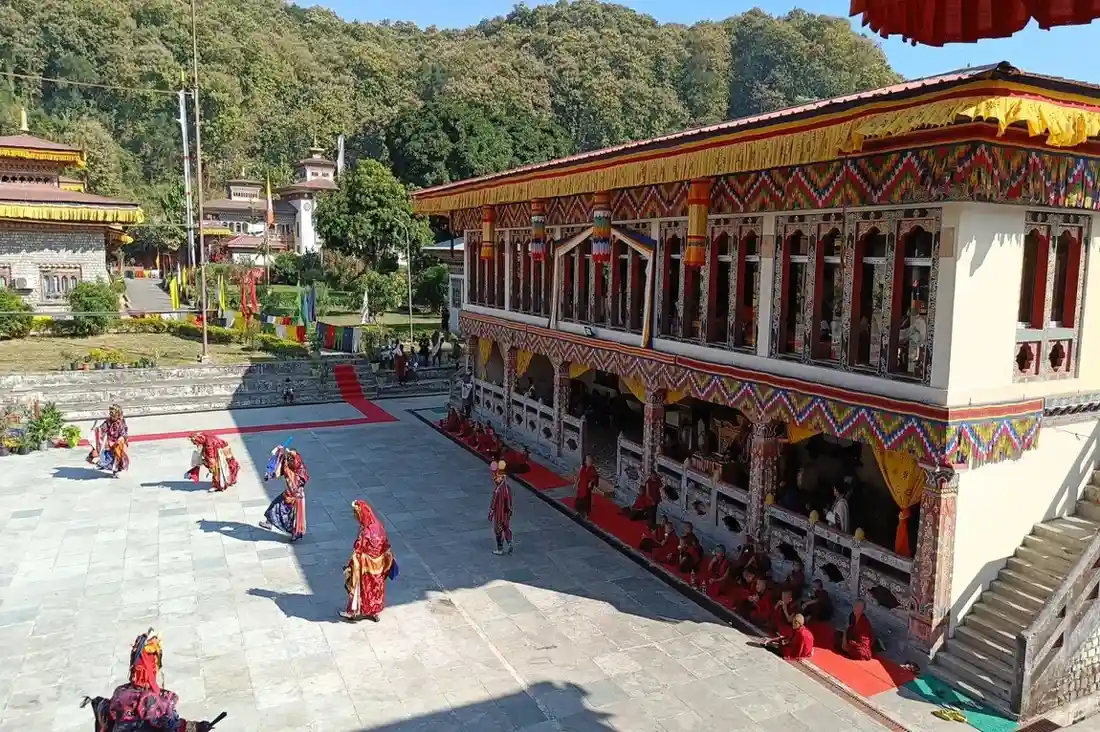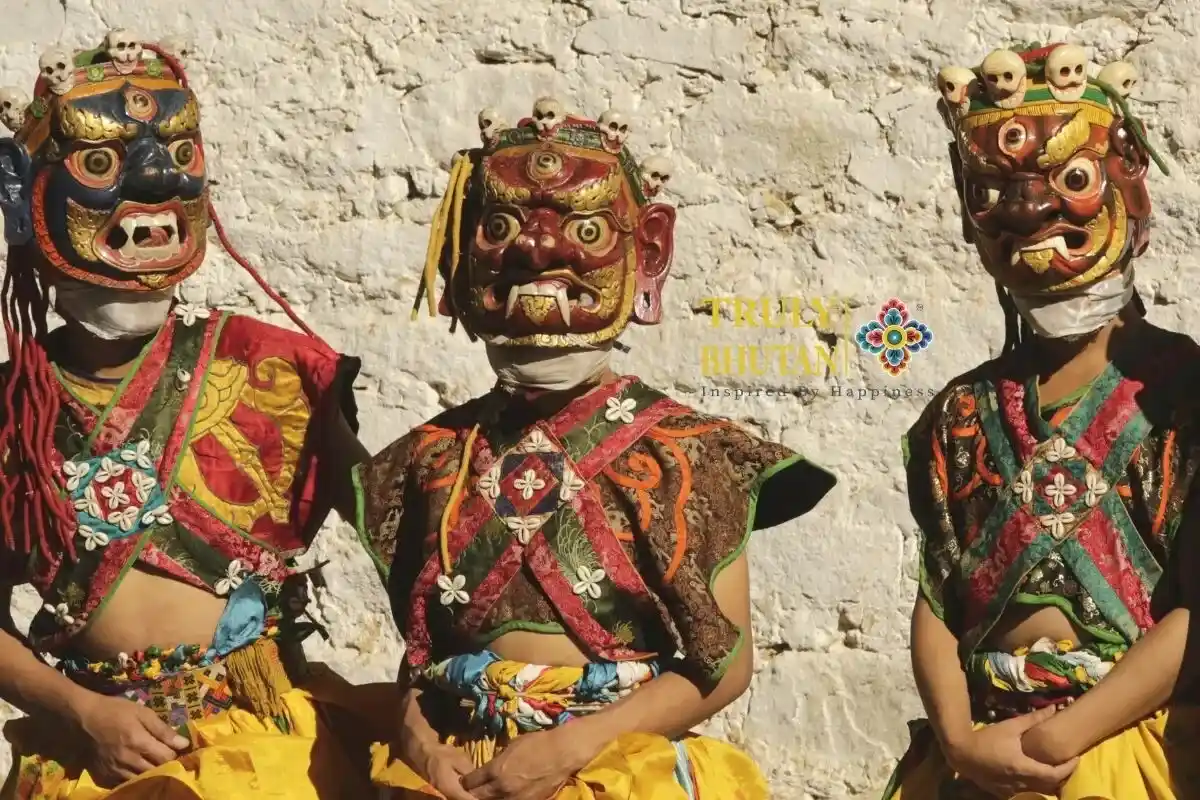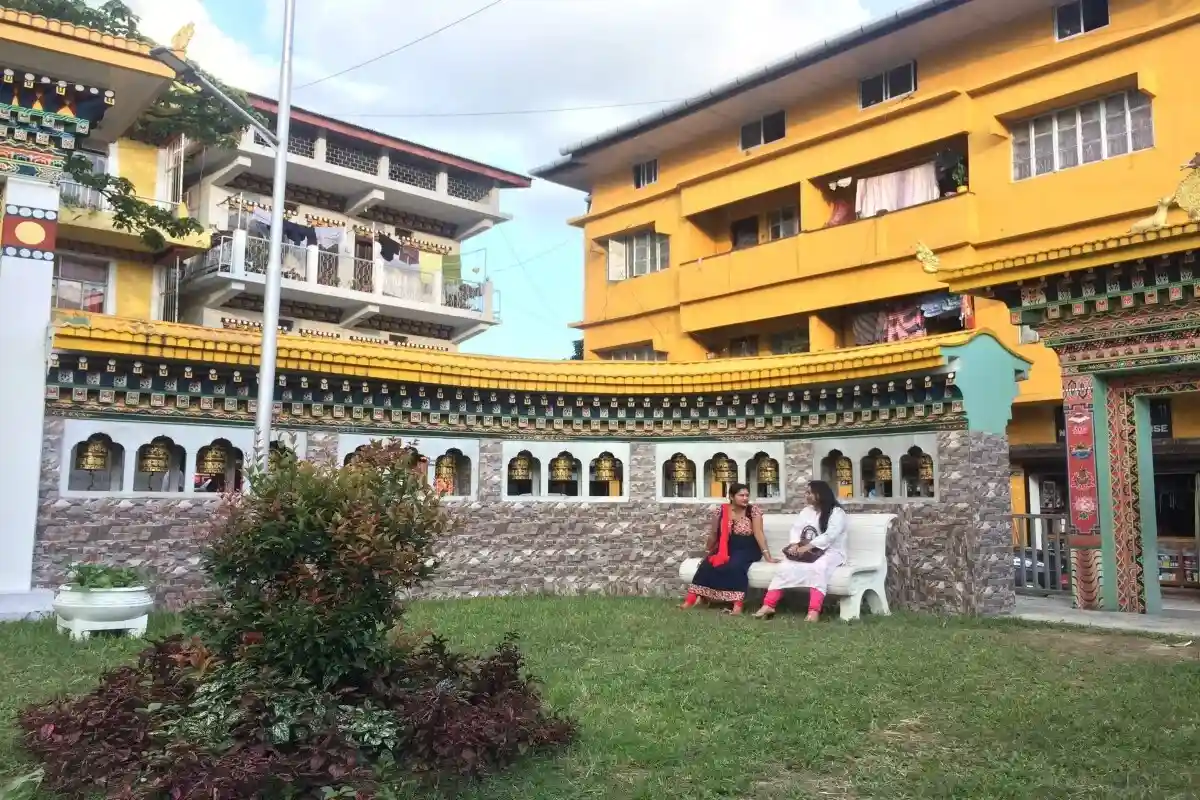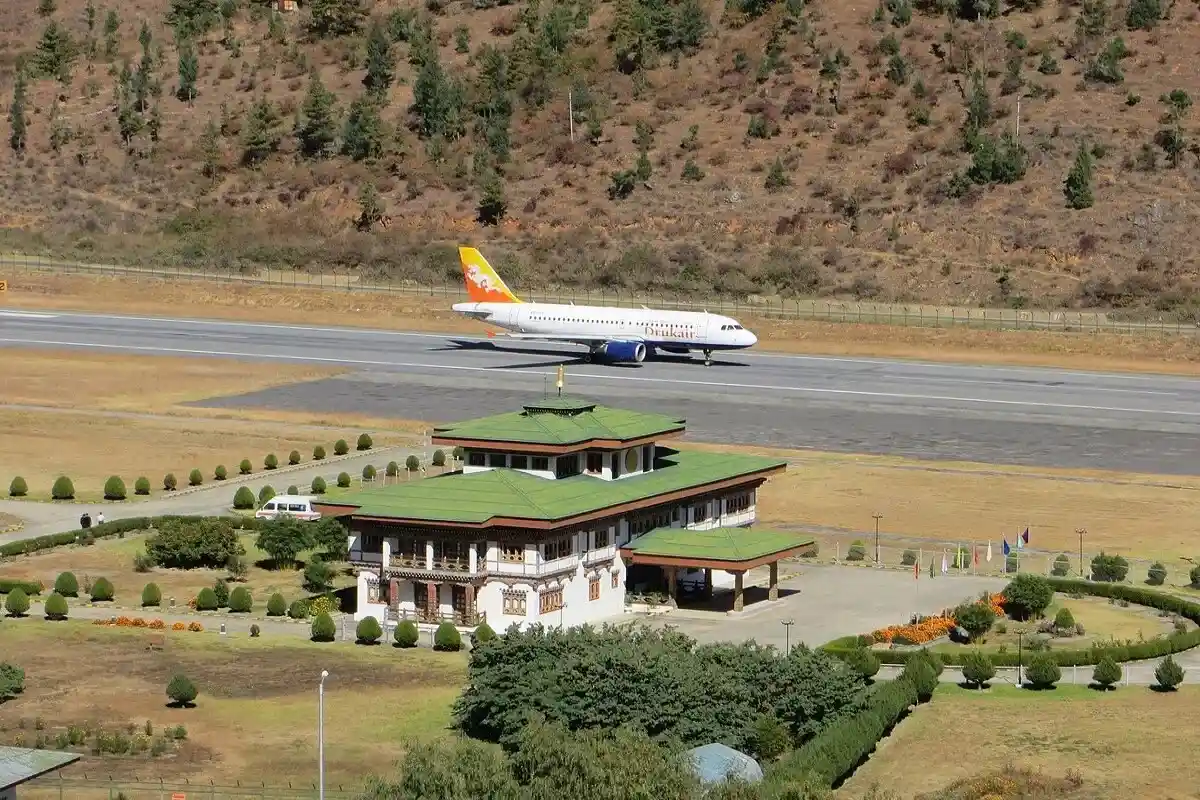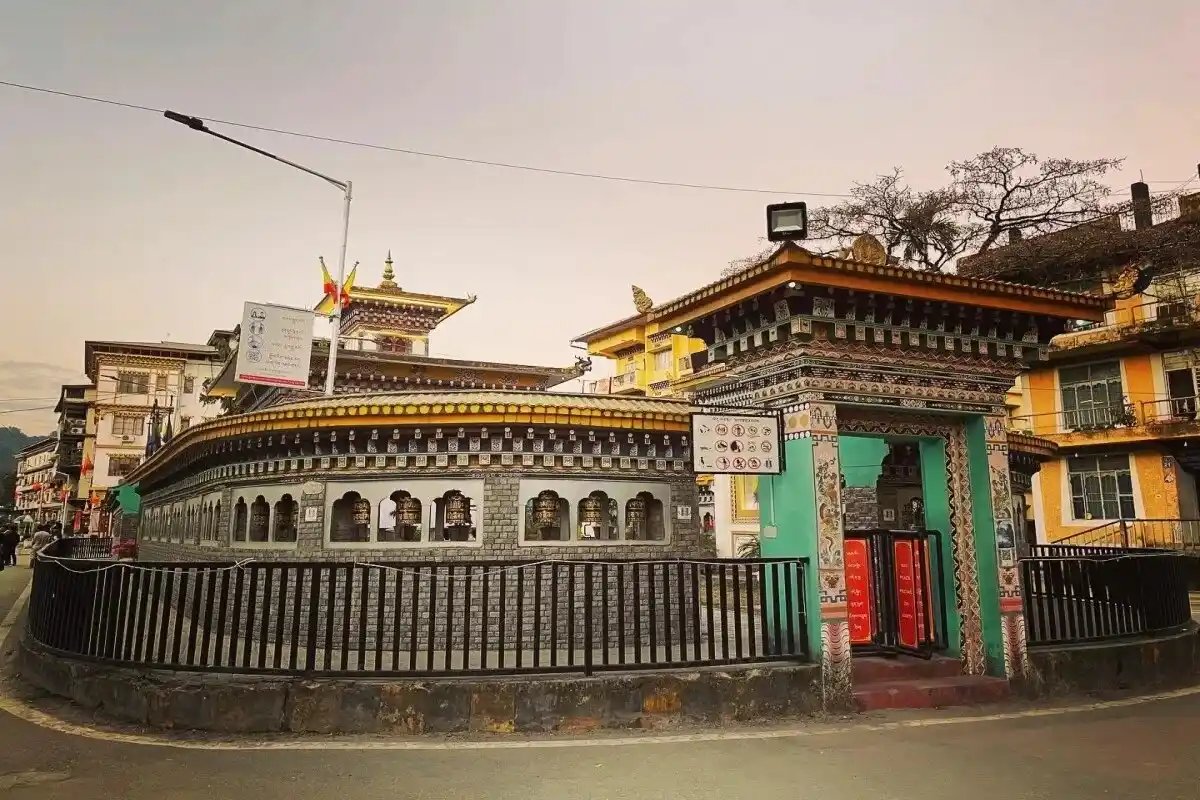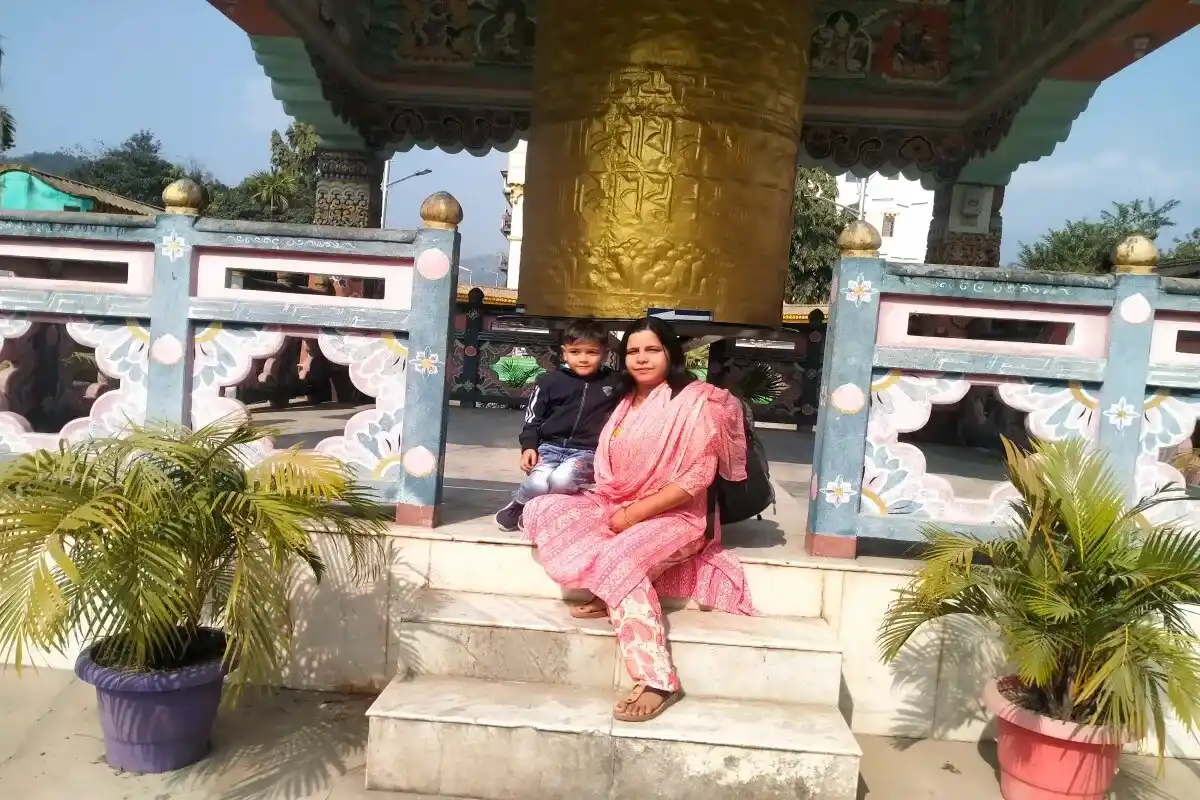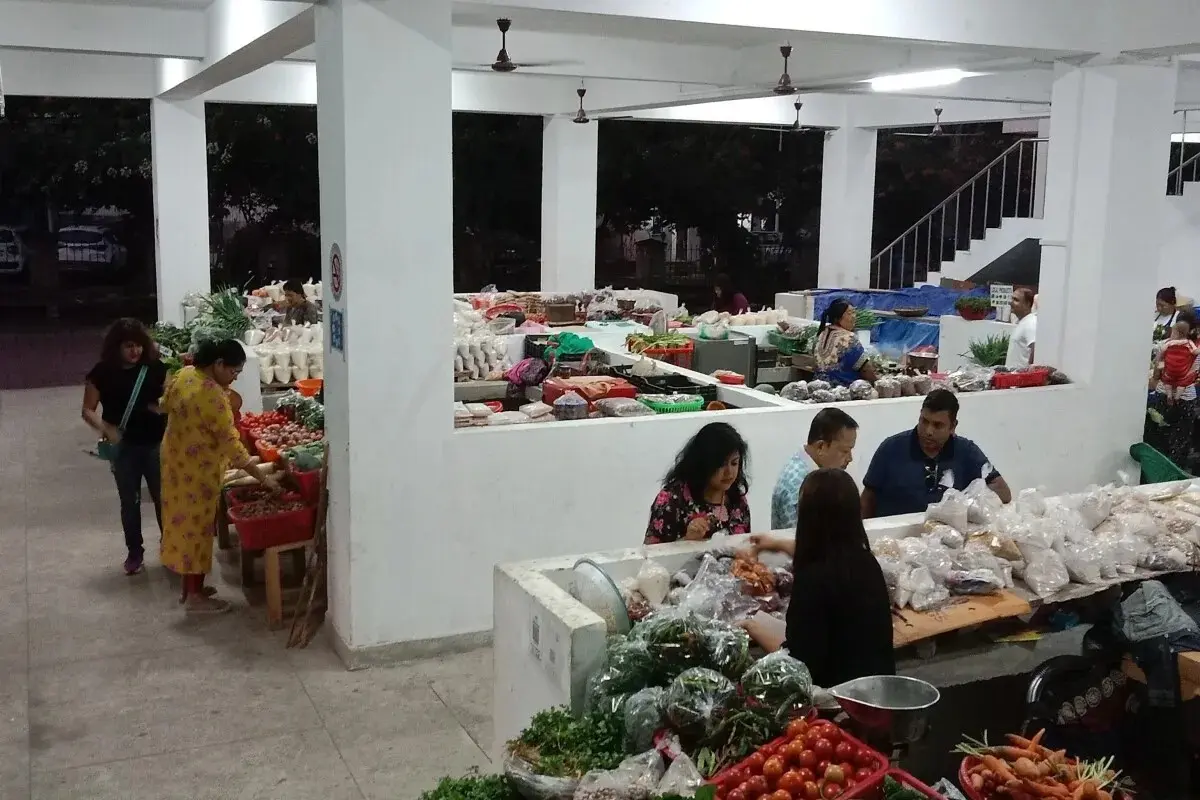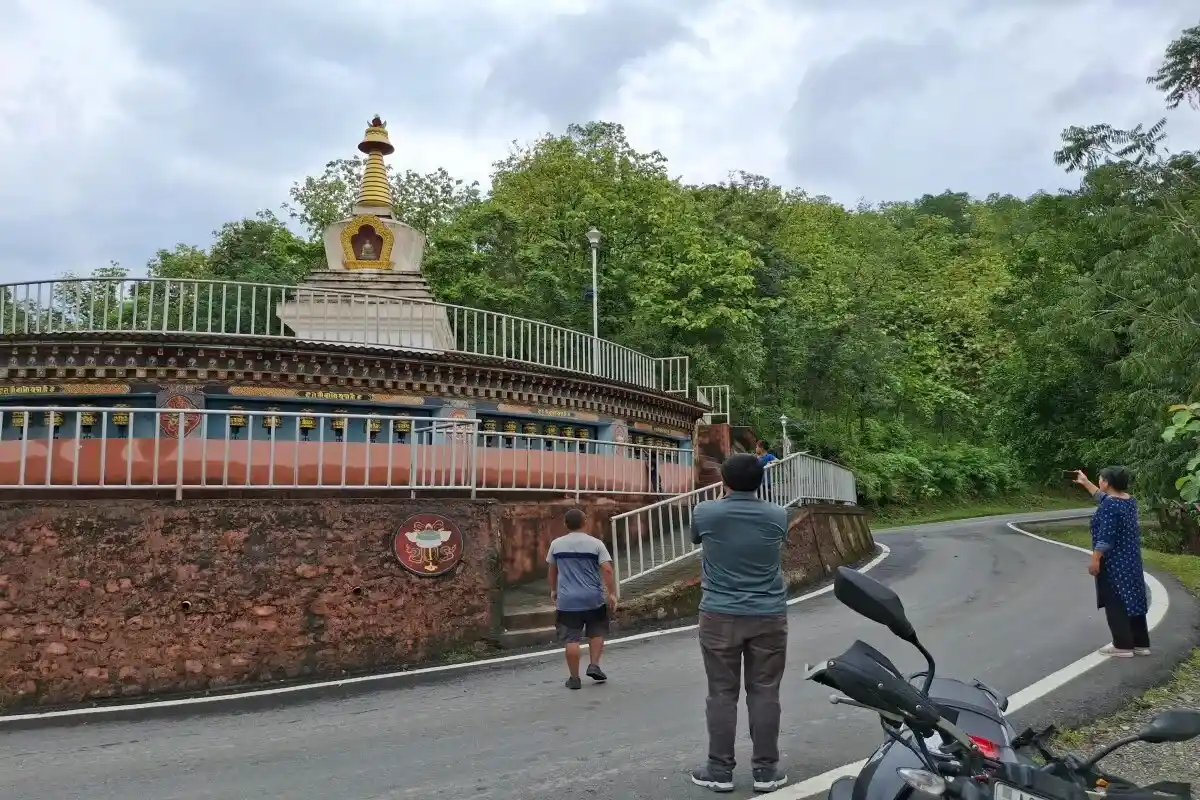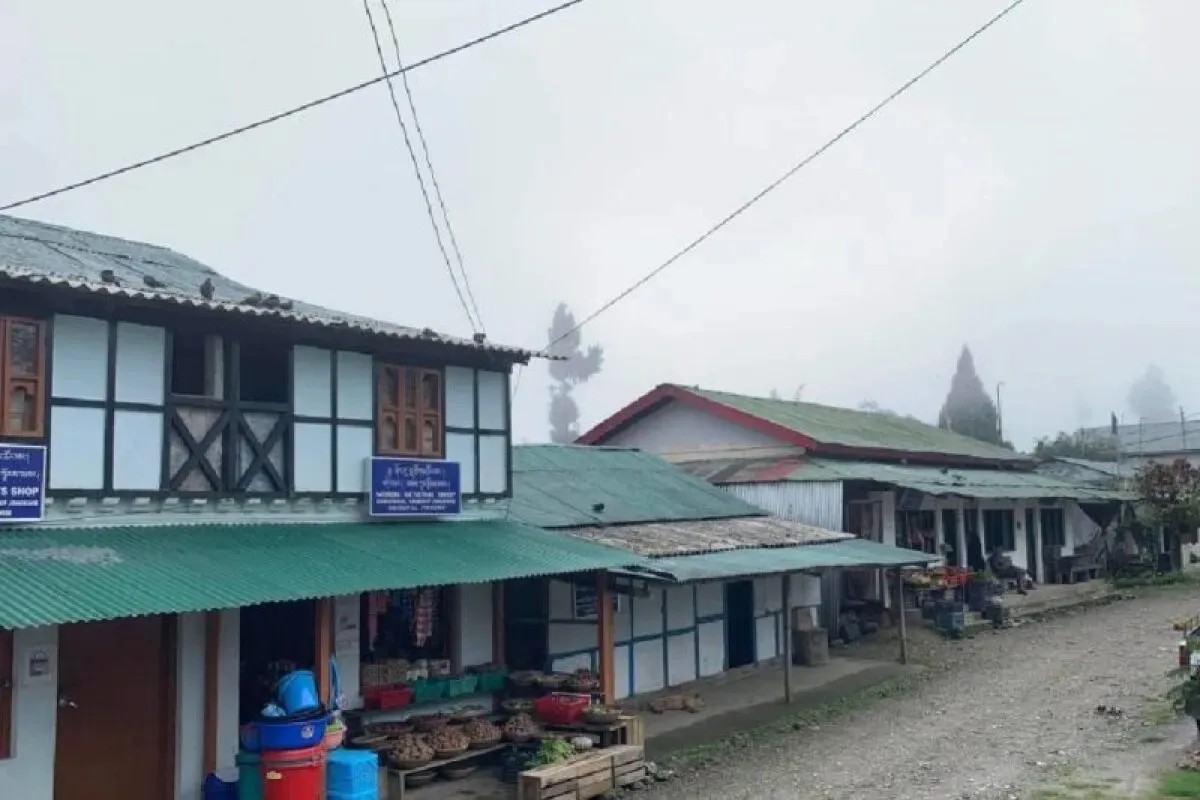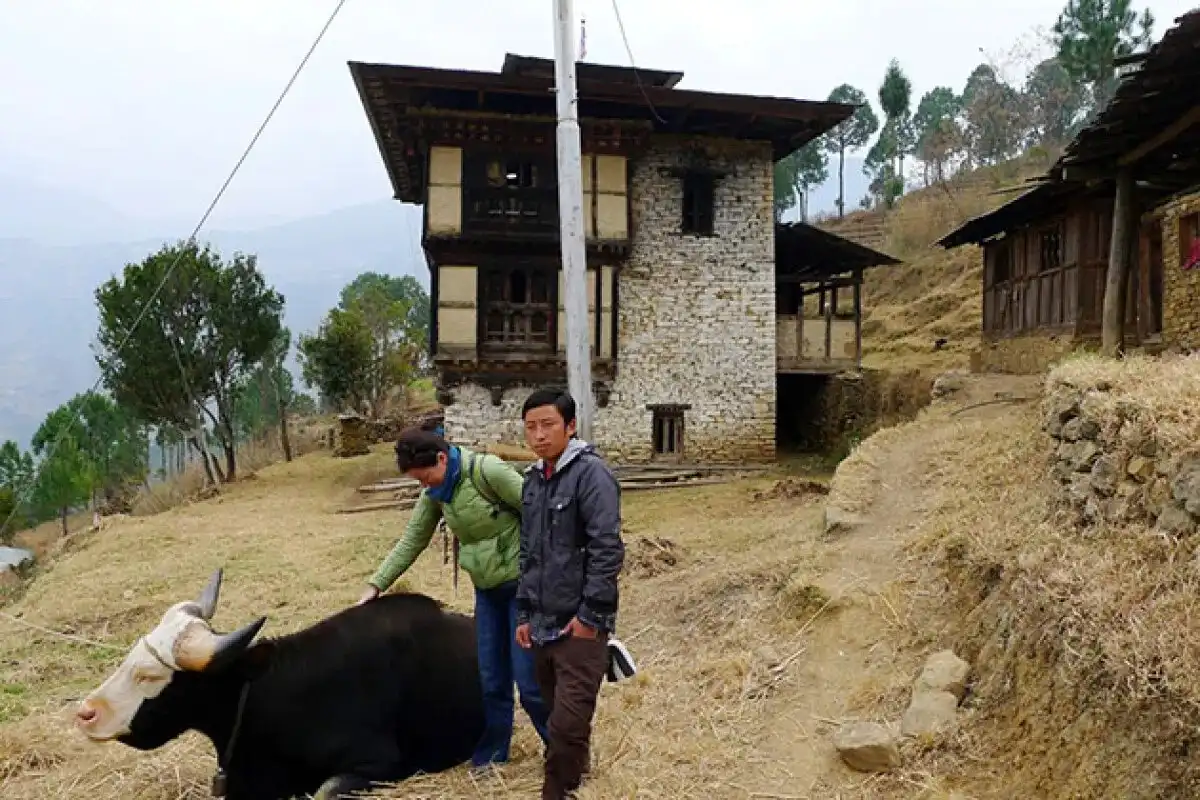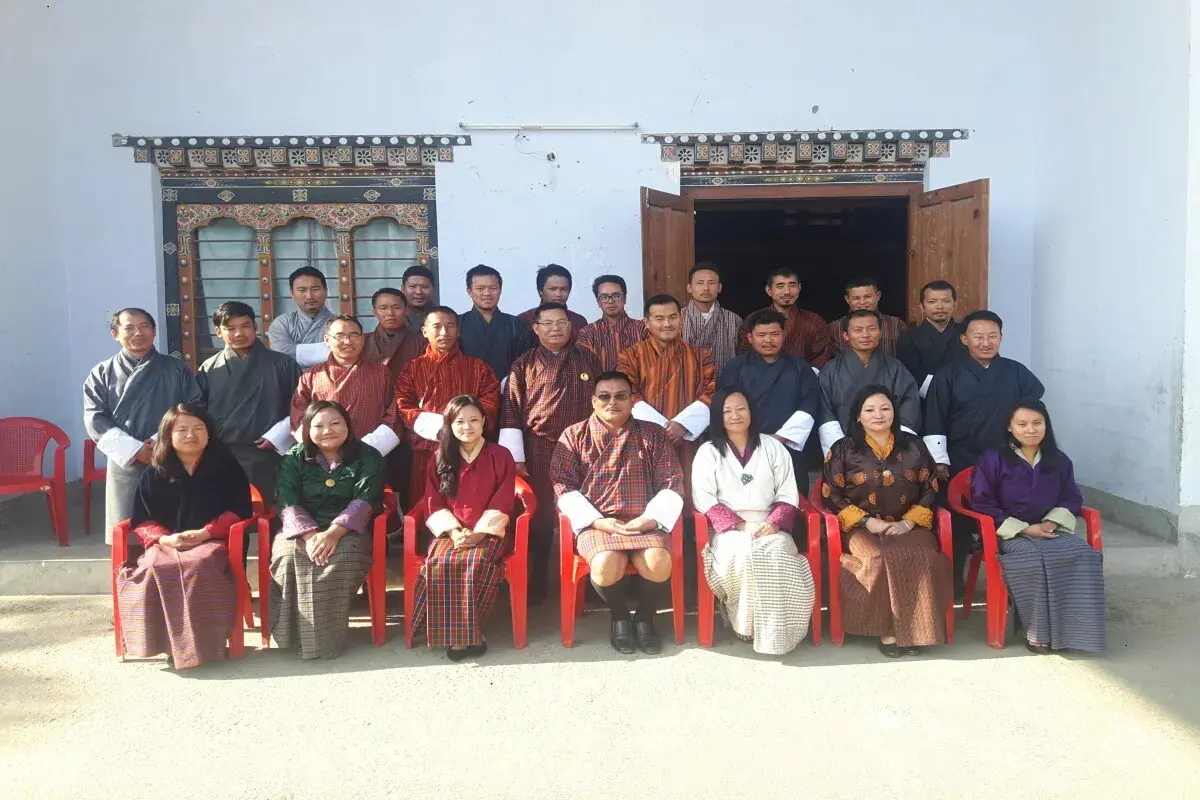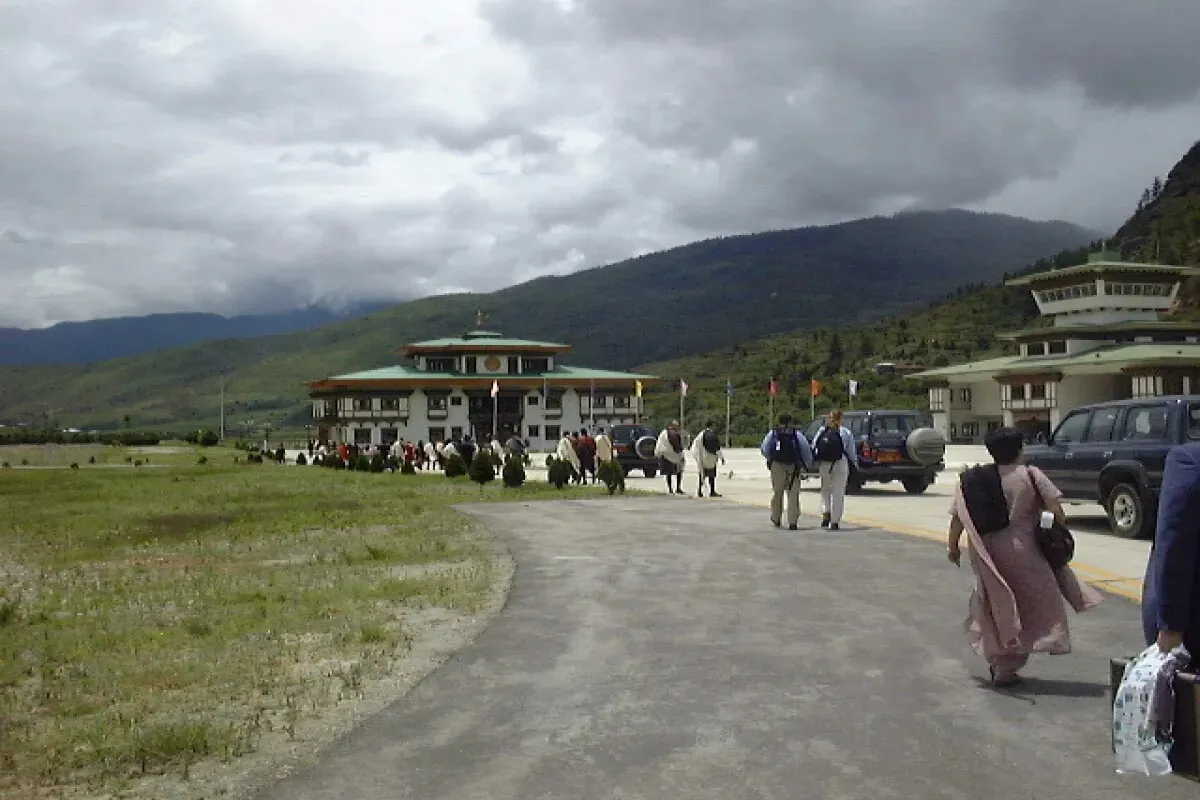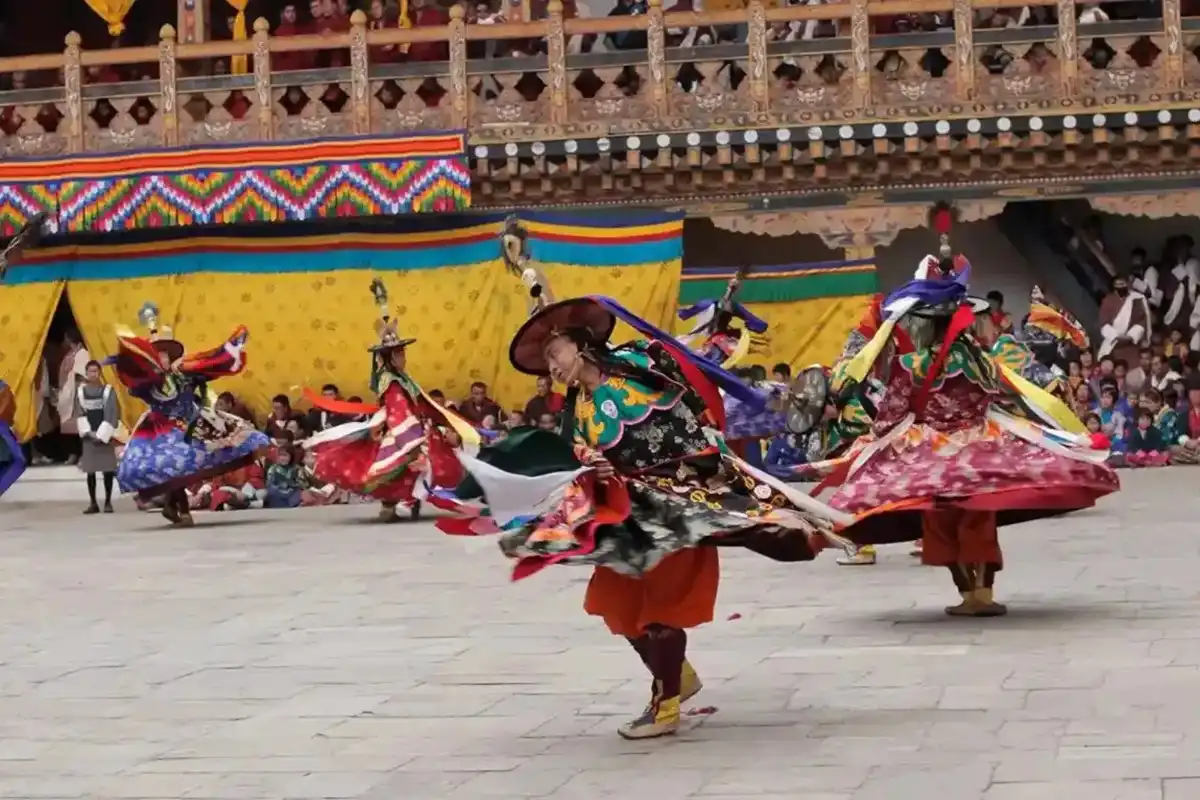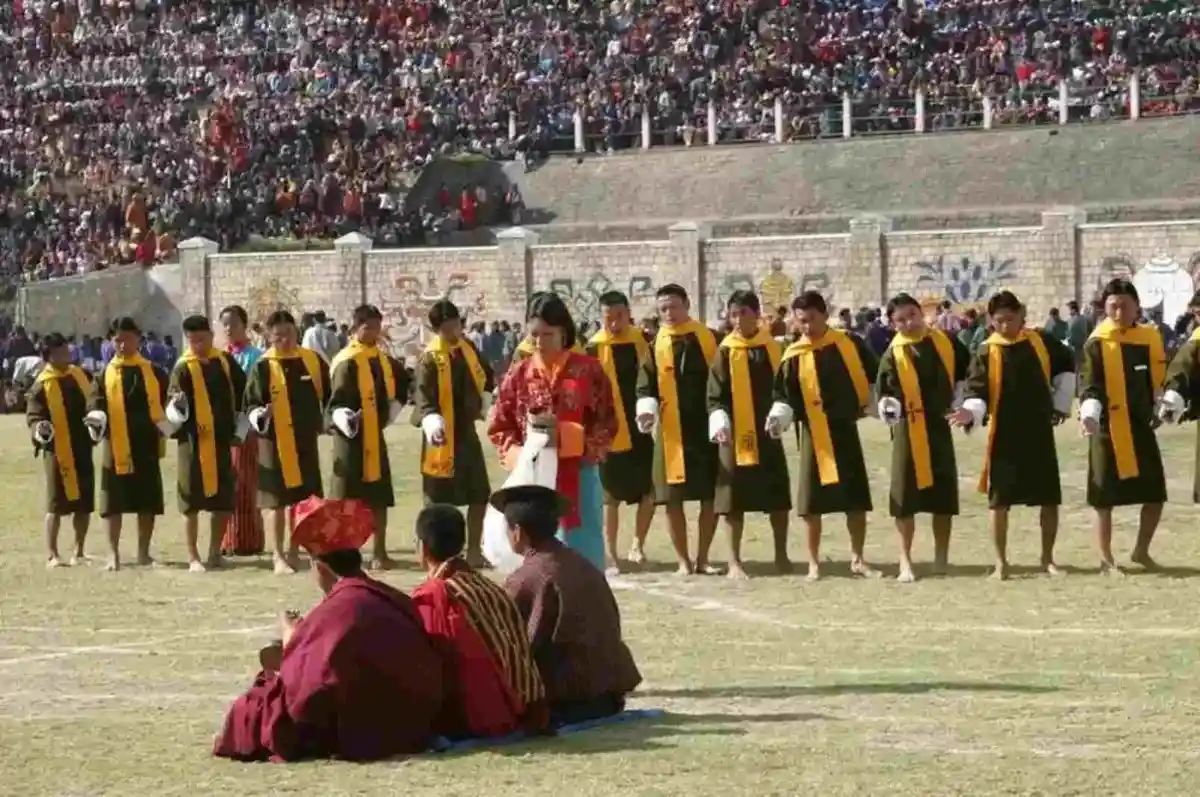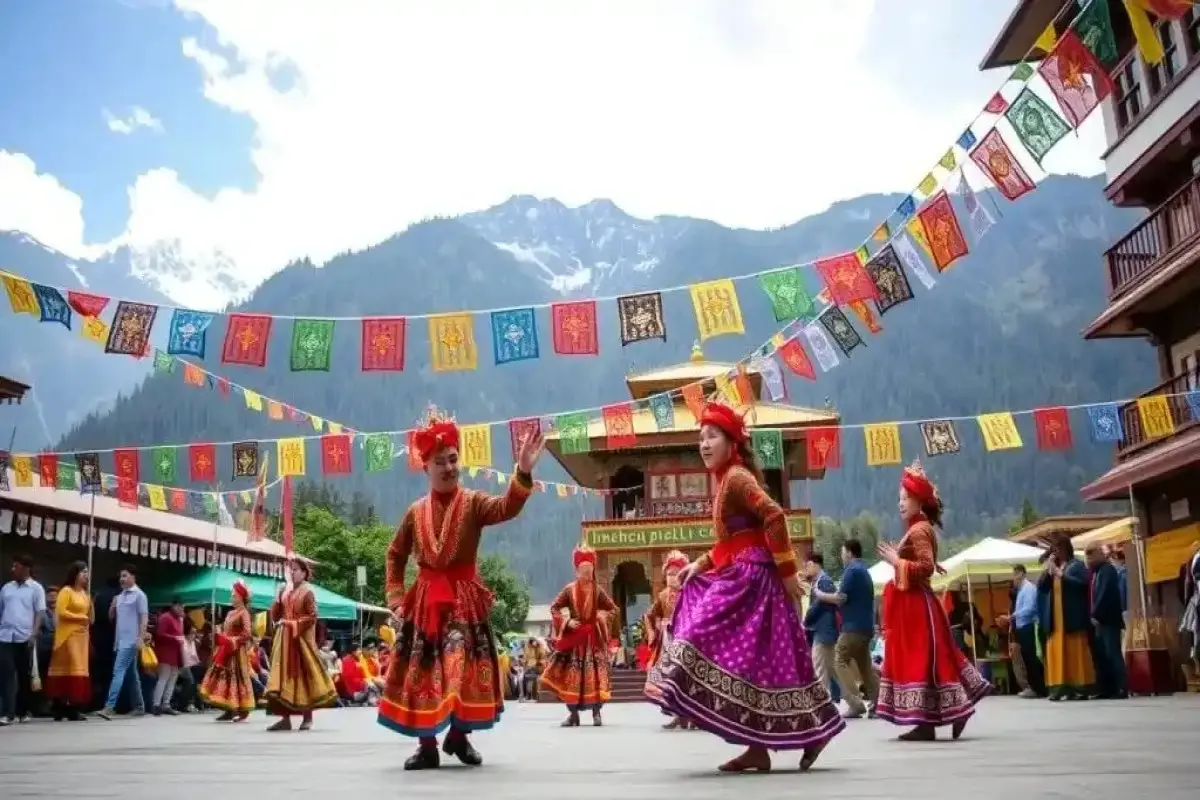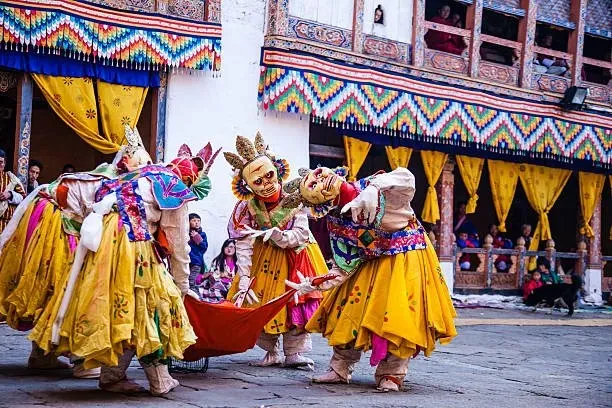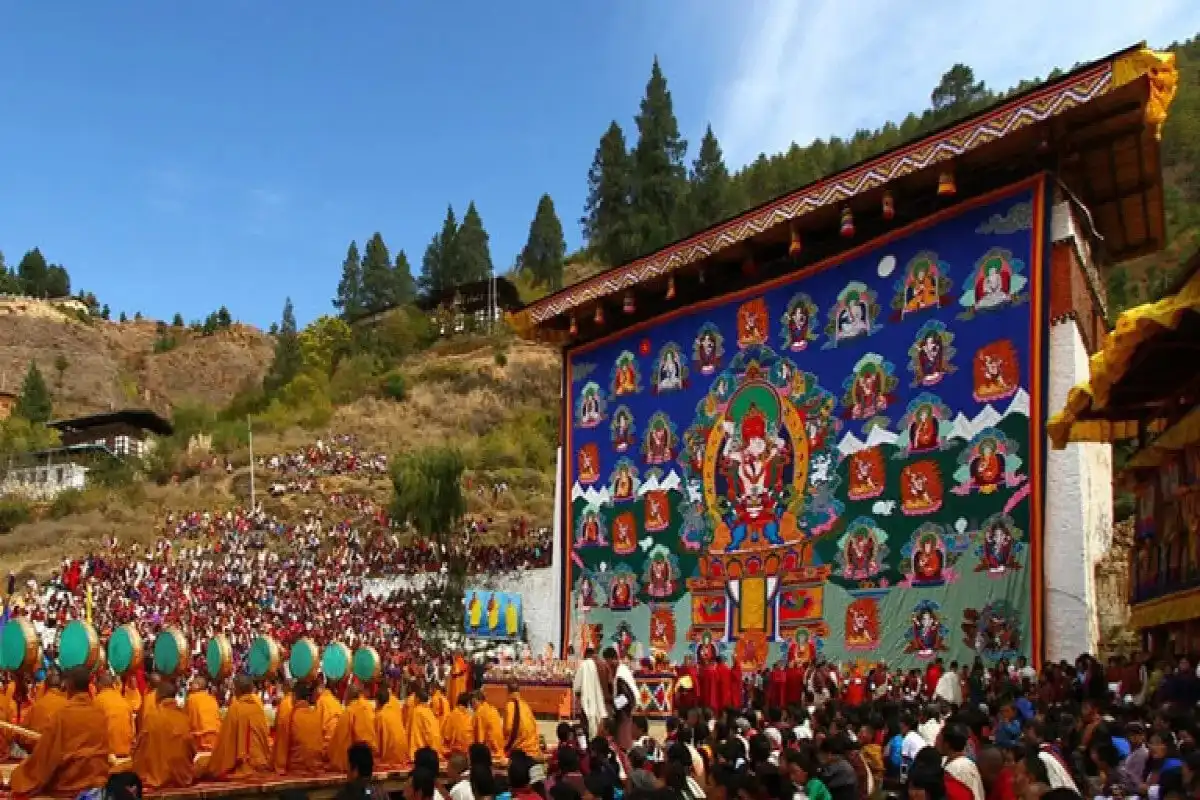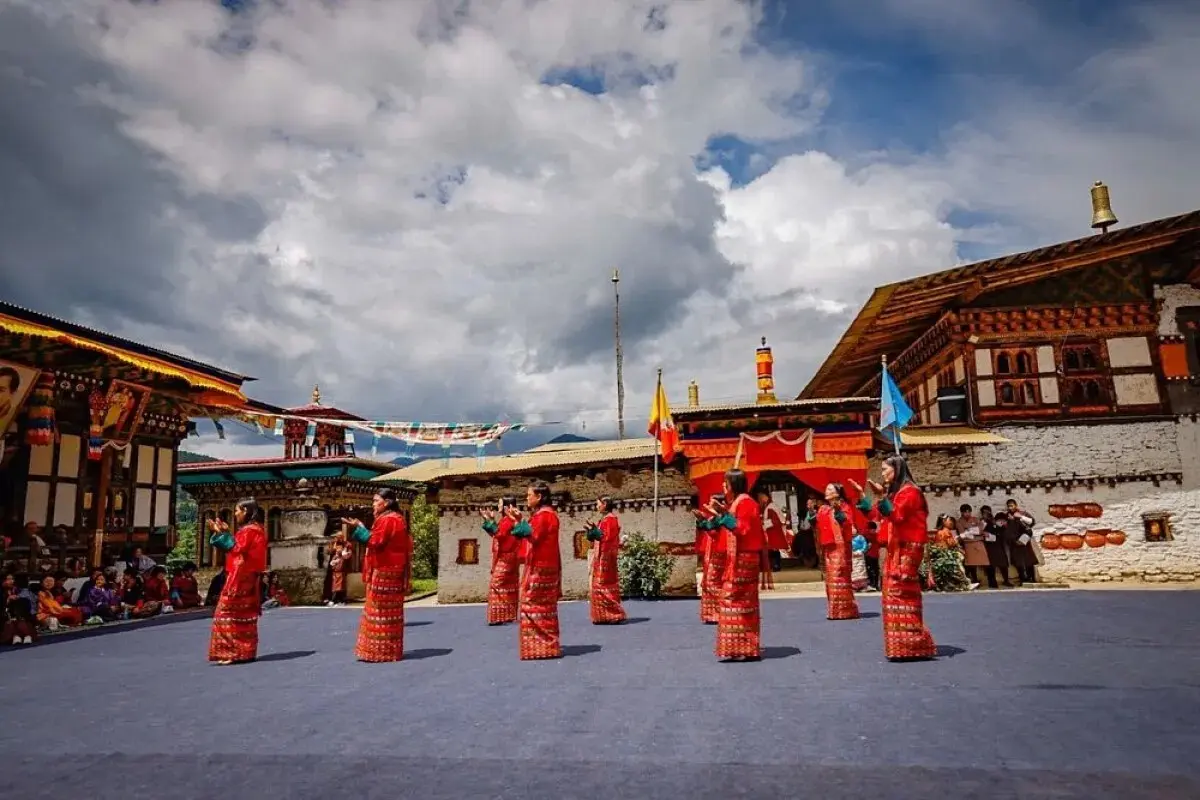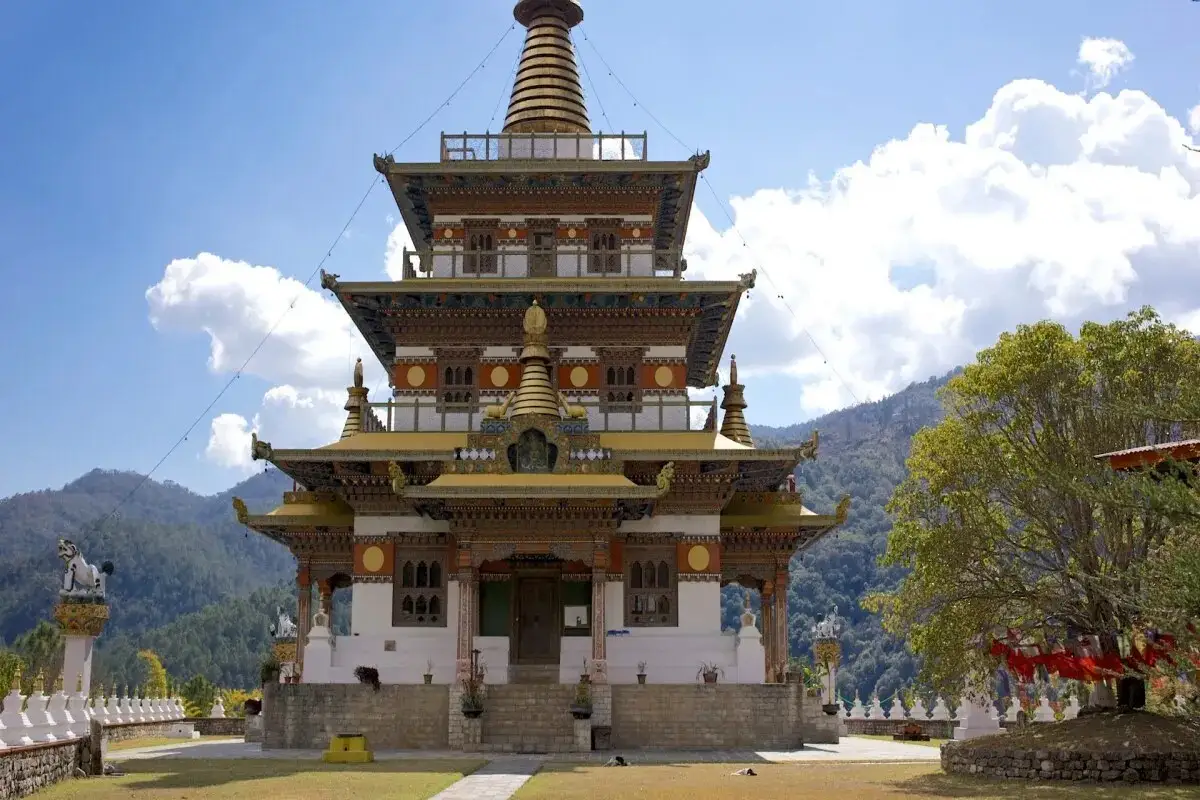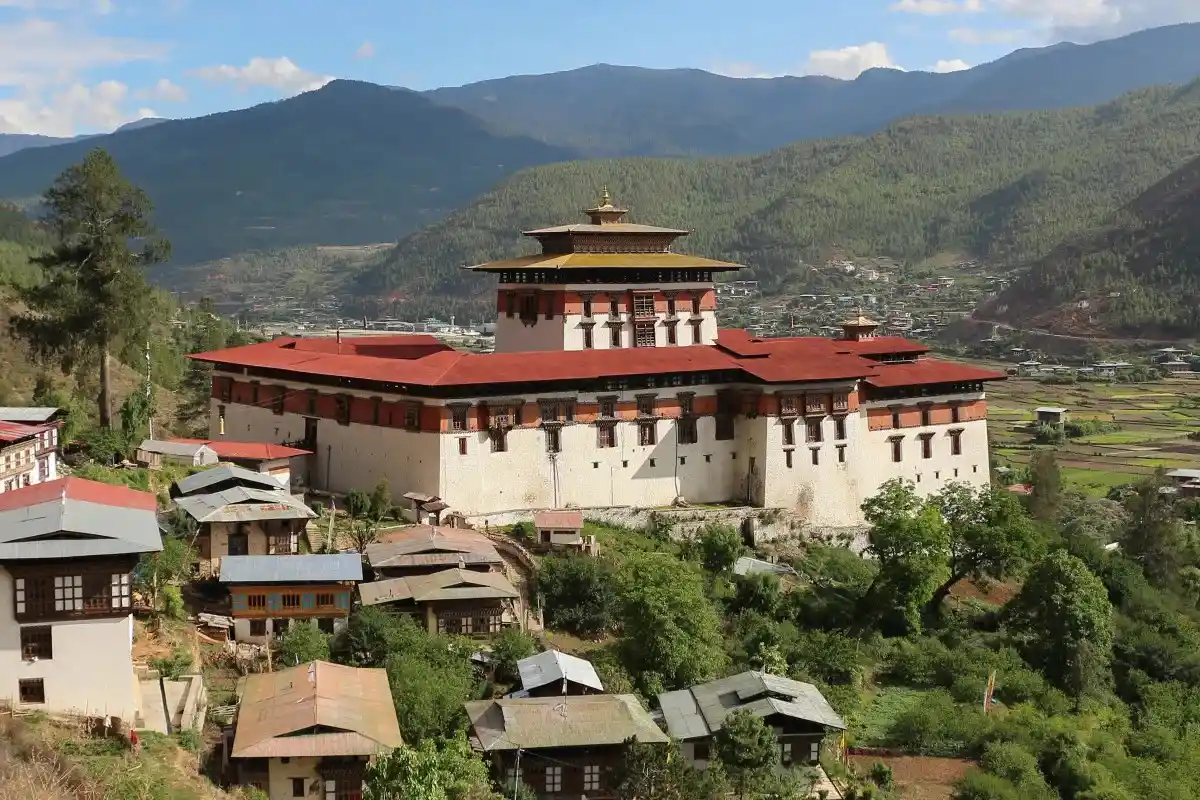Cultural exploration of Samdrup Jongkhar - 4 Days
The town, Samdrup Jongkhar, is the largest urban area in eastern Bhutan. This place lies in the southeast part of Bhutan. It shares a boundary with the Indian state of Assam. It has long been a gateway between the plains and the hills.
Highlights of the tour
Trip Overview
The arrival of a road connection to the rest of Bhutan in recent decades led to the development of the town. Today, it is a blend of market life and village life. Along its main roads, small hotels and shops stand. Along the main roads are small hotels and shops. There you will discover humble houses and small temples near the market. There is the Samdrup Jongkhar Dzong, which is located near the town centre. This fortress(Dzong) is built in a modern style and has a modern look. However, it holds the Bhutanese style and architecture in many details. People of the town deal in trade, farming, and small crafts. People visit for the festivals, for quiet trips to villages, or for short walks to viewpoints. The pace is calm and friendly. This four-day itinerary allows time to learn, meet people, and rest.
Highlights of the Samdrup Jongkhar Cultural Exploration
In this 4 days cultural exploration you will get to explore the Samdrup Jongkhar , experience the local lifestyle and visit different religious places.
Explore Samdrup Jongkhar Dzong and its traditional Bhutanese architecture
Take a tour of Samdrup Jongkhar Dzong. You will see how this fortress is made in a modern way that reflects the conventional architecture of Bhutan.
Experience local culture through markets, villages, and community interactions
Walk around the busy market and taste fresh snacks. Meet weavers and small artisans who make cloth by hand. Visit nearby villages to watch daily farm work.
Visit natural attractions and enjoy scenic viewpoints
Take short trails to reach clear viewpoints over the plains and hills.
Relax at hot springs or enjoy gentle hikes in the surrounding region
Relax at a hot spring if you want a slow rest. If a local tshechu festival happens, you can join the ceremonies and masked dances. The trip mixes history, daily life, and simple nature. You will have time to watch craftwork and to talk with locals. These small yet interesting moments render the trip warm as well as memorable.
Cultural Experiences in Samdrup Jongkhar
Take a tour through a weaving center to see hand looms. Simple tools and vibrant threads are used by the weavers. They will depict the process of patterns and how the cloth is finished. Head out to a Mithun breeding farm to get an idea of the native bison-like cattle and how farmers take care of them. Sit with a local family and talk over tea and hear short stories about living here. Visit small lhakhangs(like temples) and see monks at prayer. There, you can also get an understanding of the day-to-day ritual. If there is a tshechu festival on, observe Cham dances (dancers representing Buddhist deities), hear the sound of drums, and experience a feeling of community. These experiences provide a candid glimpse into life in eastern Bhutan. You will walk away with impressions of simple folk, practiced rituals, and open salutations.
Places to visit during the trip?
Firstly, you can visit Samdrup Jongkhar Dzong to know the culture and work in that district. Walk around the main market for fresh fruit, spices, and small crafts. Visit Dewathang for its quiet fields and local stories. See the Mithun Breeding Farm to meet these strong animals and to learn why they matter. Stop at the Chokyi Gyatso Institute if you want a calm monastery visit. Visit small villages such as Bhangtar to meet people of mixed heritage and to hear their stories. Take short drives to roadside viewpoints for wide landscape photos. Each stop shows town life and the rural culture that supports it. Plan with the local guide about time and rest, so that you will make the most of this trip.
Conclusion
Samdrup Jongkhar is a serene, honest stop in eastern Bhutan. The town mixes market life, local farms, and small temples. The dzong and tshechus show the cultural heart of the area. Nearby villages and viewpoints give wide views and slow walks. This four-day plan gives time to learn, to meet people, and to rest. Book a local guide to help with permits and to time your festival visits. Check festival dates before you travel. Explore a traditional way of living in town life. Travel slowly and you will leave with simple, real memories of eastern Bhutan.
The arrival of a road connection to the rest of Bhutan in recent decades led to the development of the town. Today, it is a blend of market life and village life. Along its main roads, small hotels and shops stand. Along the main roads are small hotels and shops. There you will discover humble houses and small temples near the market. There is the Samdrup Jongkhar Dzong, which is located near the town centre. This fortress(Dzong) is built in a modern style and has a modern look. However, it holds the Bhutanese style and architecture in many details. People of the town deal in trade, farming, and small crafts. People visit for the festivals, for quiet trips to villages, or for short walks to viewpoints. The pace is calm and friendly. This four-day itinerary allows time to learn, meet people, and rest.
Highlights of the Samdrup Jongkhar Cultural Exploration
In this 4 days cultural exploration you will get to explore the Samdrup Jongkhar , experience the local lifestyle and visit different religious places.
Explore Samdrup Jongkhar Dzong and its traditional Bhutanese architecture
Take a tour of Samdrup Jongkhar Dzong. You will see how this fortress is made in a modern way that reflects the conventional architecture of Bhutan.
Experience local culture through markets, villages, and community interactions
Walk around the busy market and taste fresh snacks. Meet weavers and small artisans who make cloth by hand. Visit nearby villages to watch daily farm work.
Visit natural attractions and enjoy scenic viewpoints
Take short trails to reach clear viewpoints over the plains and hills.
Relax at hot springs or enjoy gentle hikes in the surrounding region
Relax at a hot spring if you want a slow rest. If a local tshechu festival happens, you can join the ceremonies and masked dances. The trip mixes history, daily life, and simple nature. You will have time to watch craftwork and to talk with locals. These small yet interesting moments render the trip warm as well as memorable.
Cultural Experiences in Samdrup Jongkhar
Take a tour through a weaving center to see hand looms. Simple tools and vibrant threads are used by the weavers. They will depict the process of patterns and how the cloth is finished. Head out to a Mithun breeding farm to get an idea of the native bison-like cattle and how farmers take care of them. Sit with a local family and talk over tea and hear short stories about living here. Visit small lhakhangs(like temples) and see monks at prayer. There, you can also get an understanding of the day-to-day ritual. If there is a tshechu festival on, observe Cham dances (dancers representing Buddhist deities), hear the sound of drums, and experience a feeling of community. These experiences provide a candid glimpse into life in eastern Bhutan. You will walk away with impressions of simple folk, practiced rituals, and open salutations.
Places to visit during the trip?
Firstly, you can visit Samdrup Jongkhar Dzong to know the culture and work in that district. Walk around the main market for fresh fruit, spices, and small crafts. Visit Dewathang for its quiet fields and local stories. See the Mithun Breeding Farm to meet these strong animals and to learn why they matter. Stop at the Chokyi Gyatso Institute if you want a calm monastery visit. Visit small villages such as Bhangtar to meet people of mixed heritage and to hear their stories. Take short drives to roadside viewpoints for wide landscape photos. Each stop shows town life and the rural culture that supports it. Plan with the local guide about time and rest, so that you will make the most of this trip.
Conclusion
Samdrup Jongkhar is a serene, honest stop in eastern Bhutan. The town mixes market life, local farms, and small temples. The dzong and tshechus show the cultural heart of the area. Nearby villages and viewpoints give wide views and slow walks. This four-day plan gives time to learn, to meet people, and to rest. Book a local guide to help with permits and to time your festival visits. Check festival dates before you travel. Explore a traditional way of living in town life. Travel slowly and you will leave with simple, real memories of eastern Bhutan.
Short Itinerary
Arrive in Paro, fly to Trashigang & drive to Samdrup Jongkhar, visit Samdrup Jongkhar Dzong
Morning market walk, weaving center visit and cultural immersion at festival or village home
Excursion to Mithun Farm, village visits, scenic viewpoints and local farm experiences
Final market walk, drive to Trashigang, fly back to Paro and departure from Bhutan
Cultural exploration of Samdrup Jongkhar Itinerary
On the first day, you will arrive in Samdrup Jongkhar. Firstly, you will arrive at Paro International Airport. There you will meet your guide. You will take another flight to Trashigang from Paro. After nearly one hour of flight, you will reach Trashigang. Then you will drive to Samdrup Jongkhar and arrive there within 4 to 5 hours of driving. Check into your hotel and have a rest for a while. Then, proceed to the Samdrup Jongkhar monastery and enjoy the serenity. And a countryside walk will teach you about how people live.
When you walk around the courtyard of this fortress, you will notice its amazing architecture. Unlike other dzongs, Samdrup Jongkhar Dzong is not built on a hilltop.It is built on fairly levelled high ground. You will be provided with a handbook. The handbook will explain the role of the dzong in local life and the nature of festivals in the site. In the evening, plan for the next day and have a calm dinner.
Wake early and take a market walk to see the morning trade. Watch vendors selling vegetables, spices, and areca nut. Visit a weaving center to see hand looms and cloth patterns. Talk with weavers about dyeing and weaving. If a tshechu runs while you are there, spend the day at the festival ground. You will get to watch masked dances, enjoy the local music, and meet families who come to pray. In the afternoon, visit a village home or community farm for tea and a simple meal. Finish the day with a quiet visit to a small lhakhang for evening prayers. These small visits help you feel the rhythm of local life.
Have day outings to nearby villages, farms, and small natural sites. Take a trip to Mithun Farm to know about breeding and livestock management. Take short trails to reach scenic viewpoints with a view over the valley and plains. Stop at community farms to learn about crops like cardamom, ginger, and oranges. If the season allows, try a light farm task such as fruit picking or seed sorting. Meet local people and listen to family memories of the land. In the evening, return to town for a home-style dinner and rest. This day shows the rural work that supports town life.
Enjoy a final Bhutanese breakfast. Take one last market walk for a quick shopping. Check out of the hotel and take your bags for the round of the day. You will drive back to Trashigang and fly to Paro Airport.Our company representatives will drop you off at Paro airport.Say thank you to those you sought assistance from while you stayed. The short tour ends with calm memories of markets, dzong visits, and village life.
Know Before You Travel
- Best season for the trip: The best seasons to visit Samdrup Jongkhar are Spring and autumn . Spring runs from March to May. The hills and lowlands turn green, and flowers bloom. Days are warm and nights are cool. The period is from September to November for autumn. The air clears after the rain, and views become sharp. These months are great for walking and for clear photos. They are also when many local festivals take place. Summer can bring heavy rain and hot days at lower elevations. Winter is quieter and cooler. Days are sunny and the mornings are nippy. Check the calendar as well as plan ahead if you wish to visit particular festivals.
FAQs for Cultural exploration of Samdrup Jongkhar
Reviews & Ratings
-
Guarantee -
Thimphu,Bhutan -
975+17160228
Ready to Explore Bhutan?
Start your journey today and discover the magic of Bhutan with our expert guides and carefully crafted tours.
Book This Trip
-
No booking or credit card fees -
Best price guarantee -
Full customize trip
Ask a Question
Feel free to ask us anything about this tour. A travel expert will then get back to you as soon as possible
Ready to Explore Bhutan?
Start your journey today and discover the magic of Bhutan with our expert guides and carefully crafted tours.
